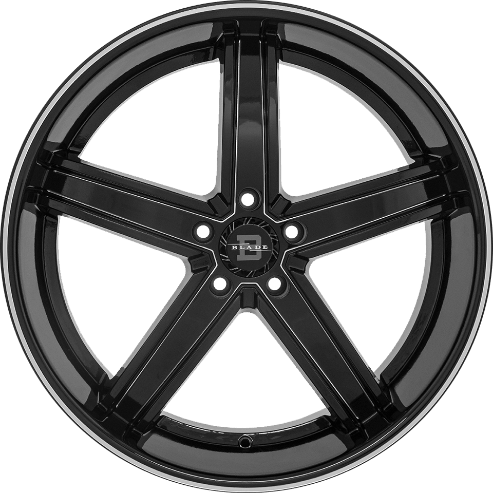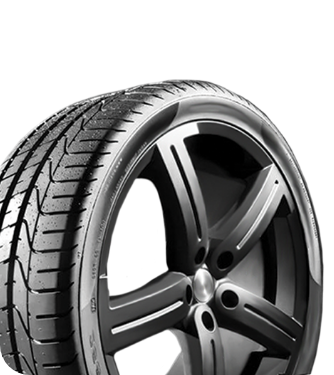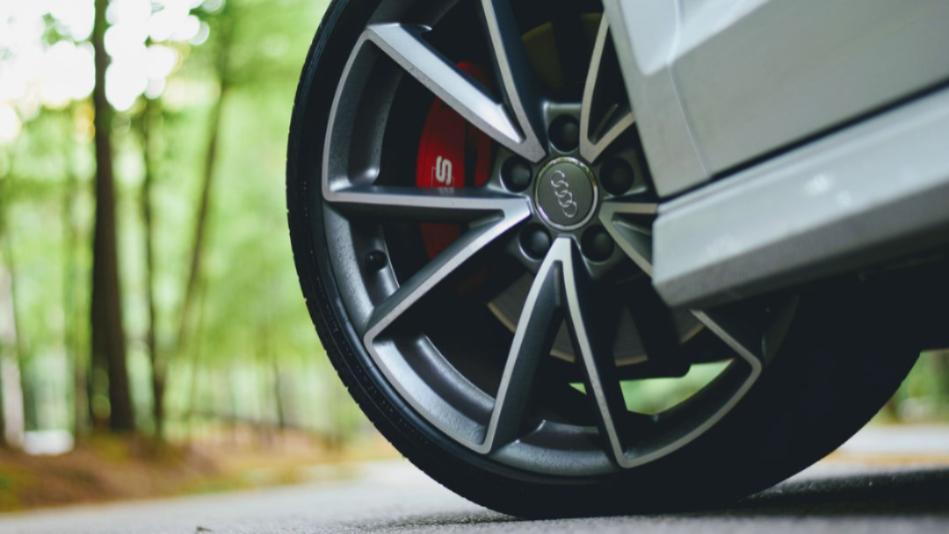
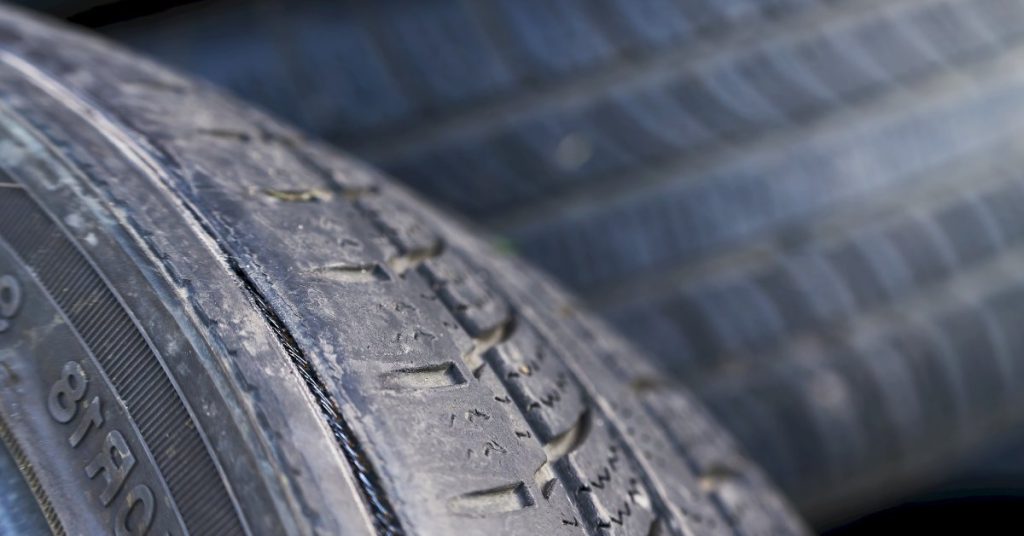
Common Causes of Sidewall Cracks and How To Prevent Them
Safety Tips |Tires are critical components of a vehicle, keeping occupants safe on the road. Many drivers focus on tread depth or minor holes, so sidewall cracks often go unnoticed. Sidewall cracks may seem small, but these minor imperfections can lead to sudden tire failure, putting you and your passengers at risk.
Learning the common causes of sidewall cracks and how to prevent them can help you keep your tires in good condition and your vehicle safe on the road. This comprehensive guide will help you identify the warning signs early, understand the root causes of sidewall cracks, and take proactive steps to protect your investment and safety.
What Are Sidewall Cracks?
Sidewall cracks are small fissures that develop on the side portion of a tire. They appear as thin lines running in various directions across the tire’s sidewall surface. Some shallow cracks might seem harmless, but they can compromise the tire’s structural integrity over time. The sidewall carries tremendous stress when you’re driving, so these cracks can create weak points that could eventually lead to tire failure. These cracks can also gradually expand, making them harder to notice if you aren’t regularly inspecting your tires.
The Most Common Causes of Sidewall Cracks
Certain conditions can expedite the expansion of sidewall cracks. Understanding what causes sidewall cracks to occur can help you address them quickly and prevent them from happening again. By identifying the common causes, you can take proactive steps to ensure that your tires remain in optimal condition and that your driving experience stays safe and reliable.
Age-Related Deterioration
Time is your tires’ biggest enemy. Even if you drive infrequently, your tires are constantly exposed to environmental factors that cause rubber compounds to break down. Manufacturers recommend replacing your tires every 6 to 10 years, even if the tread depth is still high-quality.
Tire’s rubber compounds naturally lose their flexibility as they age. This process, known as oxidation, renders the sidewall more brittle and prone to cracking. Heat, oxygen, and ultraviolet (UV) rays accelerate this aging process, making proper storage and regular inspection crucial.
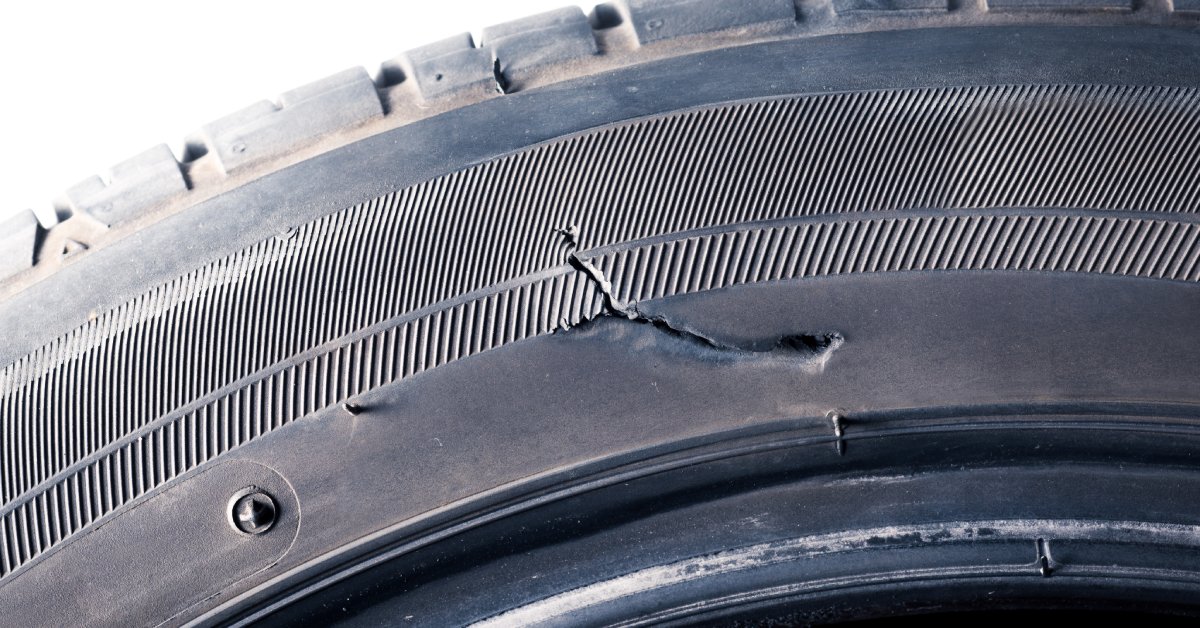
UV Exposure and Weather Damage
Ultraviolet rays from the sun can significantly damage tire sidewalls. Extended exposure to direct sunlight breaks down the rubber’s chemical structure, resulting in surface cracks and structural weakness.
Extreme weather can also contribute to sidewall deterioration. Freezing temperatures make rubber more brittle, while excessive heat causes expansion and contraction cycles that stress the sidewall’s material.
Improper Tire Pressure
Too-low or too-high tire pressure can be detrimental to the sidewall’s health. Underinflation causes excessive sidewall flexing during driving, generating heat and stress that can lead to cracking. The sidewall wasn’t designed to carry the vehicle’s weight—that’s the job of the air inside the tire.
Overinflation has other harmful effects on your tires’ sidewall. It not only decreases the tire’s contact with the road but also increases stress on the sidewall structure. Both of these accelerate wear and tear on the tires, causing premature cracking.
Chemical Exposure
Certain chemicals can attack tire rubber, causing it to deteriorate and crack. Common culprits include road salt, cleaning chemicals, and tire shine products that contain petroleum-based ingredients. Automotive fluids, such as oil and brake fluid, can also cause serious damage to sidewalls. These substances can penetrate the rubber and cause chemical reactions that weaken the sidewall structure, leading to visible cracks over time.
Manufacturing Defects
Manufacturing defects are rare, but they do happen. Improper mixing of the rubber compound, inadequate curing processes, or contamination during production can cause these defects. Manufacturing-related cracks often appear as unusual patterns, and they can occur prematurely in new tires.
Quality control issues that occur during manufacturing can create weak spots in the sidewall that may not be noticeable for months or even years. This is why maintaining records of your tire purchases and monitoring new tires for unusual wear patterns are important.
How To Prevent Sidewall Cracks
You also need to know how to prevent sidewall cracks. This way, you can stay safe on the road and avoid unexpected accidents.
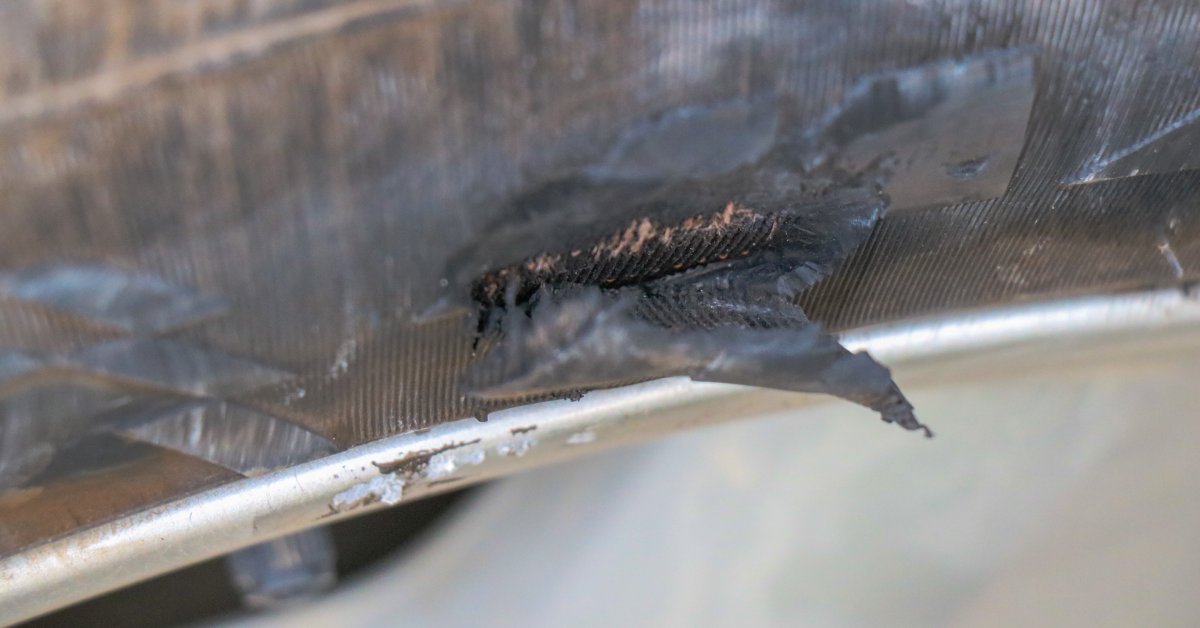
Regular Tire Inspections
Tire inspections can help you notice any signs of cracking, especially if your vehicle has been exposed to harsh conditions. Look for small hairline cracks, which might not be immediately obvious. Use a flashlight to examine the entire sidewall surface, including areas that face inward. Pay close attention to the area where the sidewall meets the tread, as this space carries a lot of stress. Early detection allows you to address issues before they become safety hazards.
Maintain Tire Pressure
Checking your tire pressure at least once a month is recommended. Using a reliable pressure gauge, check the current pressure of each tire and confirm that it’s within the range specified in the owner’s manual. Remember that tire pressure changes with temperature, so check it when the tires are cold for the most accurate reading.
Properly inflated tires reduce stress on the sidewall. This simple maintenance step can significantly extend tire life and prevent many types of sidewall damage.
Protect From UV Damage
Sunlight and UV rays can damage your tires’ sidewalls; therefore, whenever possible, park your car in covered areas such as garages. If you frequently park outdoors, consider using tire covers to minimize direct sun exposure.
When storing your vehicle for extended periods, use tire covers to protect from sun damage. These covers are particularly important if the vehicle will be outside the entire time.
Monitor Driving Conditions
Be aware of road conditions that can stress your tires. Avoid driving over sharp objects, through deep potholes, or on rough surfaces whenever possible. These conditions can cause immediate damage or create stress points that lead to cracking over time.
When To Replace Tires With Sidewall Cracks
If you notice that your tires have developed sidewall cracks, you need to decide whether or not to replace them. Consider the severity of the crack, since not all sidewall cracks require immediate tire replacement. Shallow surface cracks that don’t penetrate deeply into the rubber can simply be monitored, but deeper ones that expose underlying materials need immediate attention.
If you can see fabric or steel belts through the crack, replace the tire immediately. A professional can also evaluate the tire to determine if they should repair or replace it.
Track Your Tires’ Health for Better Safety
Remember that tire safety has a direct effect on your vehicle’s performance and on your safety on the road. Understanding the common causes of sidewall cracks and how to prevent them prevents unexpected problems from surprising you. Don’t compromise on tire condition—the few minutes you spend on regular inspection and maintenance can prevent costly repairs and dangerous situations later.
Don’t let sidewall cracks catch you off guard; find placement tires in McAllen with RNR Tire Express. Our team can help you find the perfect tires for your vehicle, ensuring your safety and peace of mind on every drive. Visit RNR Tire Express today and keep your ride running smoothly!



